Equipment
Finding Their Groove — Edel Golf’s new wedge and the James Patrick controversy
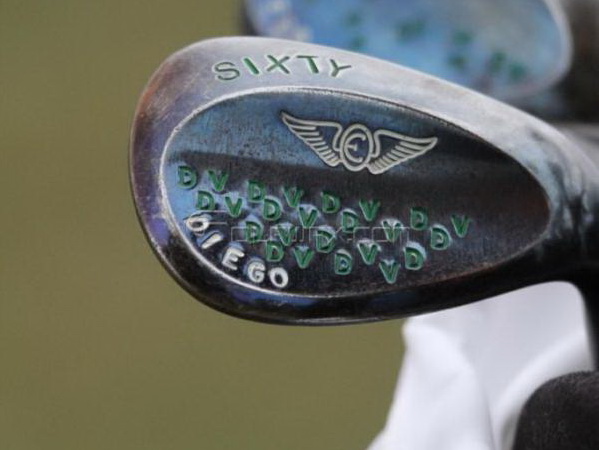
When it comes to wedges, bounce is a golfer’s friend. Legendary wedge designer Roger Cleveland will tell you that. Yet the majority of golfers use wedges that have much less bounce than the wedges Tour players use.
That seems odd, considering the mimicking effect Tour players often have on the average golfer. After all, the amount of Tour players using belly putters has caused belly putter sales to rise, not drop. So why do golfers with short games that fall well short of professional standards continue to buy low-bounce wedges? According to Mike Adams, a Golf Digest Top 50 instructor, the answer is simple. It’s difficult for consumers to purchase wedges with enough bounce.
In Adams’ 35 years of experience teaching golf, he’s noticed that many of his students have developed flaws in their wedge technique as a result of using too little bounce in their wedges.
“Everybody was hanging back on their right foot,” Adams said. “It wasn’t just amateurs. It was low handicappers and Tour players. Players would hit chunks trying to increase the bounce and loft on their wedges.”
Simply put, bounce angle indicates how far the leading edge of a club is off the ground when the club is soled. Zero degrees of bounce means that a club’s sole rests flat on the ground. The more bounce a club has, the farther the leading edge is off the ground. Bob Vokey, one of the most renowned wedge designers in the world, says that bounce acts similarly to the rudder on a ship if it were turned sideways, helping the sole glide through the turf or sand as it moves through the ground. But if a ship nose-dives into the water, the rudder becomes of little assistance. Likewise, if the bounce on a wedge is placed too far back of the leading edge, it is not able to engage and help the wedge glide through the turf. The wedge will dig.
<<< To see more pics and discussion please click this link >>>
Because not all golfers have the same tendencies with their wedges, Adams devised a system he calls the “the seven angles of attack,” which represent the seven possible paths a golfer can take to the golf ball. Through a fitting process that involves hitting shots off tight lies, deep grass and out of bunkers, he said he is able to identify a student as either a sweeper, picker, nipper, pincher, trapper, driver or digger, listed from the shallowest angle of approach to the steepest. Based on the results, he created the most suitable wedges for his students.
Adams learned while fitting wedges that it wasn’t just the amount of bounce that was important. It was where the bounce was positioned on the wedge’s sole, and how wide the sole was. The wider the sole, the more effective bounce on the wedge because of the greater surface area. The more narrow the sole, the less effective bounce a wedge has because of the decreased surface area.
Conventional wedge wisdom says that added bounce on a wedge makes it more difficult to use on tight lights, and harder to use for opened-face shots. But according to Adams, added bounce does not necessarily cause these problems. In fact, Adams said that with high-bounce wedges his students are still able to hit flop shots off of putting greens without taking a divot. How is this possible? It has to do with a wedge’s grind.
By grinding down the trailing edge of a high-bounce wedge, Adams could make a club that was better from tight lies. He wanted players to be able to open a wedge up for lob shots, so he would grind off some of the metal on the heel, allowing the club to lay flatter when opened up. This also helped the heel avoid “catching” and “turning over” in deep rough. Adams wanted his players to be able to hit chip shots with the wedges as well, so he had the toe ground down to make hitting chip shots easier.
None of his grinds are any thing new in the golf industry, Adams said. The best golfers in the world have used them for decades. But the system that Adams created to properly fit players for the correct wedges was something new. His system allowed players to enhance what they could already do with a wedge, and make it more efficient in the places they struggled.
But Adams still had a problem. Because the majority of wedges that are produced by major equipment companies have low bounce, he had difficulty locating enough high-bounce wedges that he could tailor to the needs of his students. To help him solve this problem, Adams get in touch with friend and PGA Professional David Edel.
Wedge Friction
A year and a half ago, Adams contacted Edel, owner and founder of Edel Golf, with interest in creating a wedge company that used the custom-fitting system he had developed. Edel had already established a line of custom-fit putters, and had spent more than 15 years making golf clubs. He was an expert metal worker that had used his talents as a craftsman to create high-end watches, and fly reels for fishermen. Together, Adams and Edel were confident they could fill a need in the golf industry, a wedge company based on proper fitting.
The two then sought a talented grinder for their company, someone who could artfully execute Adams’ custom fitting system. Their search led them to James Harrington, a 28-year-old with a wealth of wedge-grinding experience that was beyond his years. Adams and Edel wanted Harrington to become the face of their wedges – someone they could promote like Titleist does Bob Vokey.
Harrington, who is also known as James Patrick or JP, was mostly doing custom grinding on overweight Miura wedge heads at the time. He graduated from Arizona State University’s PGA Golf Management Program, and had learned to make custom golf equipment at Hot Stix Golf and Cool Clubs Golf, two top custom-club making companies located in Scottsdale, Ariz. He also spent time under the tutelage of legendary MacGregor Golf club maker, Don White. Harrington had even done the grinds on a set of irons for Aaron Baddely that Baddely used to win his first PGA TOUR event, the Verizon Heritage, in 2006.
“It seemed like a good marriage between the three of us,” Adams said. “JP was a very, very talented grinder.”
After meetings at the 2010 Aloha Section PGA Teaching & Coaching Summit at Kapalua, Harrington agreed to create wedges for the 2011 PGA Merchandise Show. There was a good-faith agreement that the three could potentially produce a line of wedges.
Harrington began work on the wedges in September 2010. He searched for a forging company that could supply Edel Golf with the blank heads for their new line of wedges. He chose Kyoei (pronounced Ky-o-eh), a Japanese company that became Edel Golf’s blank head supplier. When Edel received the heads from Kyoei in December 2010, he proceeded to machine the faces, grooves and logos at Edel Golf’s headquarters outside Austin, Texas. He then sent 60 of the finished heads to Harrington for him to work on for the show.
It was around the time of the show that talks between Edel, Adams and Harrington started to break down. Harrington made the wedges for the show, but was dissatisfied with the terms of the agreement offered by Adams and Edel in the meetings that took place afterward.
“The contractual offer that Edel made wasn’t in the best interest of James Patrick Golf,” Harrington said. “I felt I had a lot to do yet in terms of James Patrick Golf.”
Harrington had possession of the wedges he created for Edel Golf, and did not return them. After a dispute about the rightful owner of the wedges, Harrington agreed to pay Edel for the time he spent machining the wedges, which allowed Harrington to keep the designs. Since that time, there has been much discussion about the amount of influence Harrington had on Edel Golf’s wedges.
“Mike spent a lot of time with James,” Edel said. “They worked on wedge design and philosophy. James and I only spoke about how we would develop the business. Mike was very particular about what he wanted [in a wedge]. There’s this big controversy that I’m stealing James Patrick’s designs, and that’s just not true. The only thing I can honestly say I learned from James was the Kyoei blanks that we’re using. Any similarities between my designs and James’ designs are really similarities between Mike and James.”
Adams called Harrington “one of the two best grinders of wedges in the world,” but said that Harrington had no influence on the design of Edel Golf’s wedge.
“When we found James, he was basically just taking the Miura head and making it nice and fancy,” Adams said. “His designs are going to be similar to ours. I was showing him my fitting system and he was very impressed. He learned a lot from me. I can’t unlearn him.”
One of the key characteristics of Edel Golf’s new line of wedges is the location of the center of gravity. Adams said that in most wedges, the center of gravity is not in the center of the club, but more toward the heel. The groove pattern of most wedges is also positioned closer to the heel. This can make wedge shots more intimidated to players, and increase the chance of mishits. Through the grinding process, Adams learned how to move the center of gravity into the center of the clubface. To match the center of gravity, he moved the groove pattern to the center of the clubface as well.
Harrington learned a great deal from Adams, but he said most of the knowledge he gained was about golf swing mechanics, not wedge grinding. He maintained that his designs heavily influenced the look of Edel Golf’s wedges.
“To blatantly copy my designs from the thinned out hosel, heel and toe relief profile, center of gravity, and even my loft stamps is unsettling,” Harrington said. “Overall, I am disappointed in Mike Adams and David Edel using my designs as their own without giving any credit or payment.”
Edel said he doesn’t believe Harrington was the first person to stamp the word “sixty” in the back of a wedge.
“If that’s stealing, then I guess we did that,” he said. “As far as the center of gravity, those were Mike’s ideas. James didn’t even want to put the grooves in the center of the clubface. He thought we should stay with a more traditional look.”
Eying the future
Adams and Edel are co-owners of Edel Golf’s wedge company, and currently have five fitting systems in place across the country for the forged model of its wedges. They hope to have 100 fitting systems in place by the end of the summer. As of Oct. 25, Edel had already sold 250 of the new wedges. He’s also fit the entire University of Texas women’s golf team, who are all using his wedges.
“They’re seeing huge results,” Edel said.
Edel Golf’s wedges are also used by Nationwide Tour Player Diego Velasquez, LPGA Tour Player Katie Futcher and LPGA Futures Tour player Natalie Sheary. Velasquez used one of Edel’s putters during his junior and senior year while at Oregon State University, where he was a First-Team All-American. When Velasquez turned professional this year, he went away from the Edel putter he used in college, but has since returned to a near replica.
In July 2011, Edel fit Velasquez for three of the company’s wedges (52-degree, 56-degree and 60-degree), all of which he is currently using. During the fitting process, Edel worked to improve Velasquez’s mechanics, a staple of the new fitting system. According to Edel, Velasquez’s head was hanging too far back at address, and his hands were too far forward at impact. After instructing Velasquez to move his head farther forward and set hands more even with the ball at impact, Edel had Velasquez hit some shots with the lowest-bounce wedge in the line, 10 degrees, until he became more comfortable with the new positions. Then Velasquez tried wedges with more bounce until he was no longer taking massive divots.
Not surprisingly, Velasquez was fit for wedges with much more bounce than the wedges he was previously playing. His new 60-degree wedge has nearly six times as much bounce on it, from four degrees to 22 degrees. He also increased the bounce in his 52-degree and 56-degree models. In addition, Edel changed the shaft in Velasquez’s wedges to the KBS Hi-Rev shaft, a shaft especially made for wedges that comes in a black finish.
Velasquez told Edel prior to the fitting that even if he liked the way the Edel Golf wedges performed, he would not play them if they did not look good. Velasquez was pleased with the designs, however, and said he liked the additional bounce and new shafts.
“My swing plane is very shallow, but with the Edel wedges, I can hit down on the ball more and get more check,” Velasquez said. “I was using Vokey wedges before, but I was never really fit for them. I was never fit for any wedge before. I guess I just played them because they looked really good. The ball flight with the new shaft is a little flatter, which I like. It comes down to the little details you notice, hitting little shots around the green.”
The Edel Golf wedge-fitting system will include interchangeable heads which will allow the fitter to identify which of the 14 available wedge shafts is right for the golfer. Along with the forged line of hand-ground wedges that will retail for $350, a cast line will be introduced in February 2012 with a price point of $195.
Edel regrets his relationship with Harrington, mostly because of the four-month setback his company incurred because of Harrington’s departure, but he wishes him the best. Edel said that ultimately he thought Harrington wanted to have his own wedge company. Harrington, now 29, is the founder and owner of James Patrick Golf in Minneapolis, Minn., which is located near his hometown in Wisconsin.
The majority of the Harrington’s clientele is located out of state, so he doesn’t spend a lot of on the wedge mechanics and fitting system he learned from Adams. His company is based on the three pillars he established for wedge making — quality materials, performance and aesthetics. He said to produce the best product in the world you need to start, just like a top chef does, with the best possible ingredients. He believes he has those ingredients in the Kyoei forgings that both he and Edel Golf use.
“I don’t want to be the big-box retailer,” Harrington said. “I like the roots of where I’m at, me making hand-made stuff. I’m able to offer a unique look because I’m an artist. I don’t want to grow too fast.”
According to Edel, the controversy has been bad for him and his brand, which he said has been building for 15 years with the goal of helping golfers. Through the years, he’s seen golf companies rise, and then crash and fall. Often times, the fall is because of a departure from the company’s original principals. He sees his company as not just a producer of golf clubs, but a golf company about education and learning. As long as he sustains those principals, he hopes his company will succeed.
<<< To see more pics and discussion please click this link >>>
- LIKE1
- LEGIT0
- WOW0
- LOL0
- IDHT0
- FLOP0
- OB0
- SHANK0
Equipment
A shocking Backstryke putter appearance + 7 interesting gear photos from the Zurich Classic
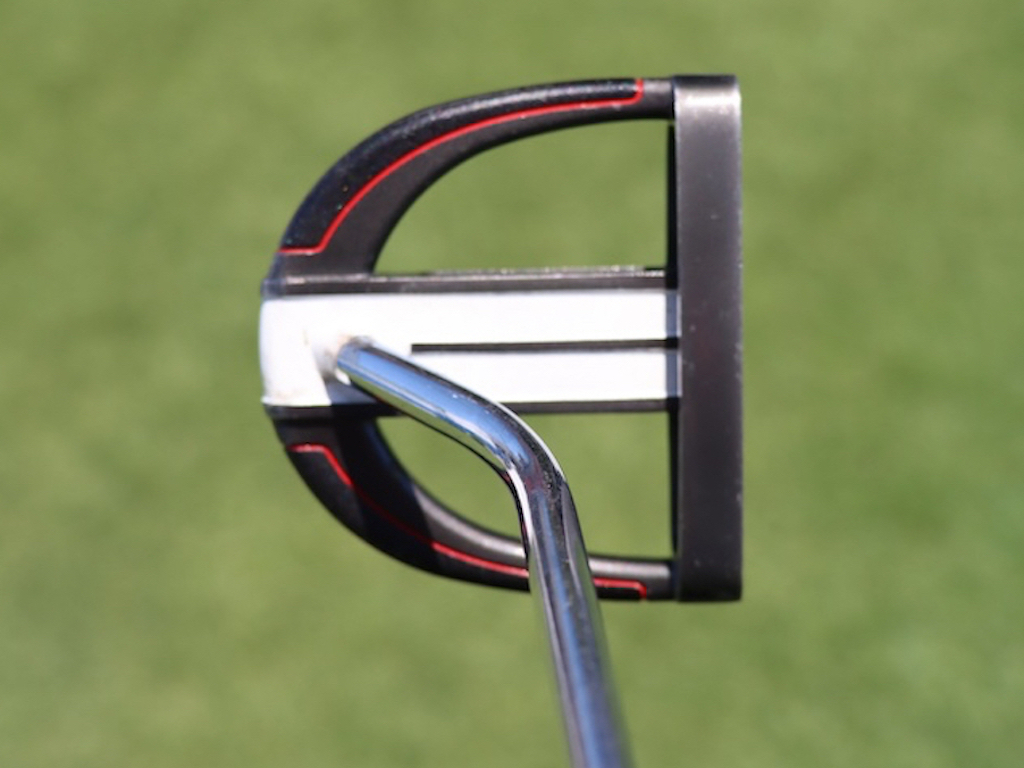
Welcome to New Orleans, where TPC Louisiana plays host to the 2024 Zurich Classic. In between breakfast beignets and nightly Creole feasts, PGA Tour players are also competing in the unique two-man format at the Zurich this week.
Although the vibes in Nawlins are a bit lighter-fare than the recent back-to-back competitions the Masters and the RBC Heritage signature event), the gear news was no less serious this week.
We spotted some recent changes from Rory McIlroy, a very rare Odyssey Backstryke putter, dove into the bag of legendary New Orleans Saints quarterback Drew Brees, and spotted Patrick Cantlay continuing to test new equipment.
Get your beads out and crack your crawfish, because it’s time for an equipment rundown from The Big Easy (meaning New Orleans, of course, not Ernie Els).
See all of our photos from the Zurich Classic here
Rory’s on-and-off lob wedge
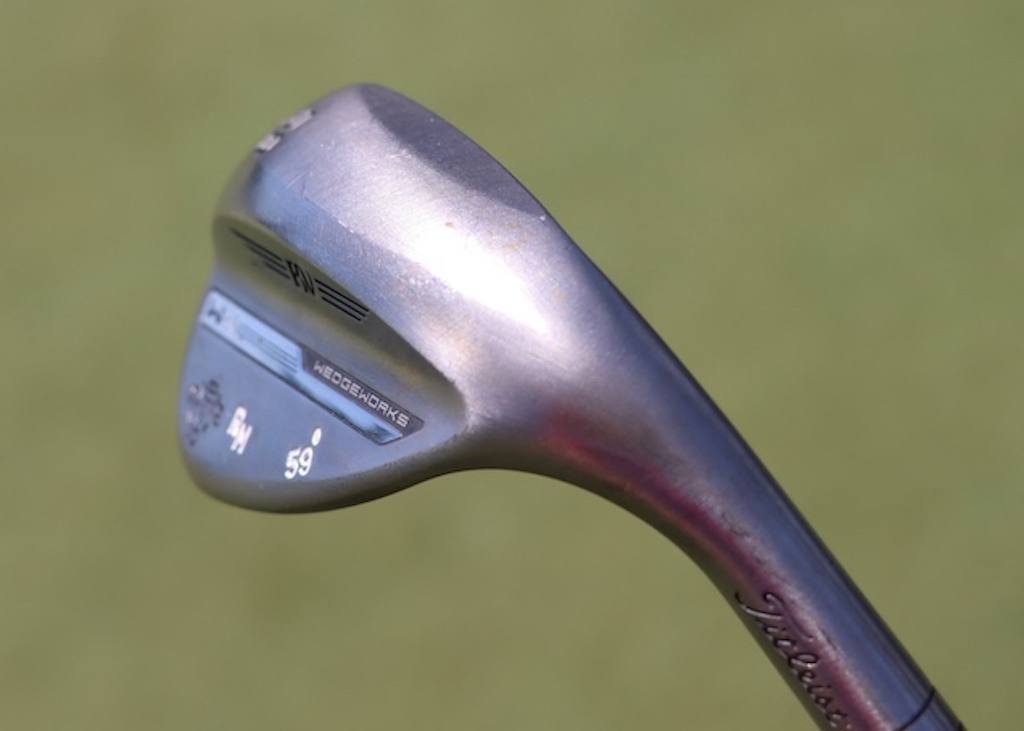
Since the end of 2023, Rory McIlroy has had an on-again, off-again relationship with a Titleist Vokey K-Grind lob wedge. In his last start, it was on, and the wedge is back in the bag again this week. We got a great look at the complicated grind that McIlroy uses.
View this post on Instagram
A full look into McIlroy’s bag above also shows that he switched out of the TaylorMade BRNR Mini Copper that he used at the RBC Heritage, and he’s back into the Qi10 core 3-wood. As we discussed last week, McIlroy will likely keep the BRNR around as a course-specific club, trading it in and out for the 3-wood.
See Rory McIlroy’s full 2024 WITB from the Zurich here
Turning Back the clock
Unless Tommy Gainey is in the field, it’s unlikely you’ll ever see Odyssey’s Backstryke technology make an appearance on the PGA Tour.
But then, when you least expect it, Russ Cochran shows up.
For more than a decade – since the 2013 Sony Open in Hawai’i – Cochran has been stuck on 599 PGA Tour starts. This week will be his 600th.
Cochran is in the field at the Zurich this week playing alongside Eric Cole, whose regular caddie is Reed Cochran, Russ’s son.
The Backstryke putter was first released back in 2010, and its unique design helps shift the axis point of the putter closer to the CG of the head. And, the putter is getting a nod this week at the Zurich Classic, thanks to Cochran’s 600th career PGA Tour start.
The putter is certainly awesome, but don’t forget to check out Cochran’s full WITB from this week.
Drew Brees with a Super Bowl winning Scotty Cameron putter
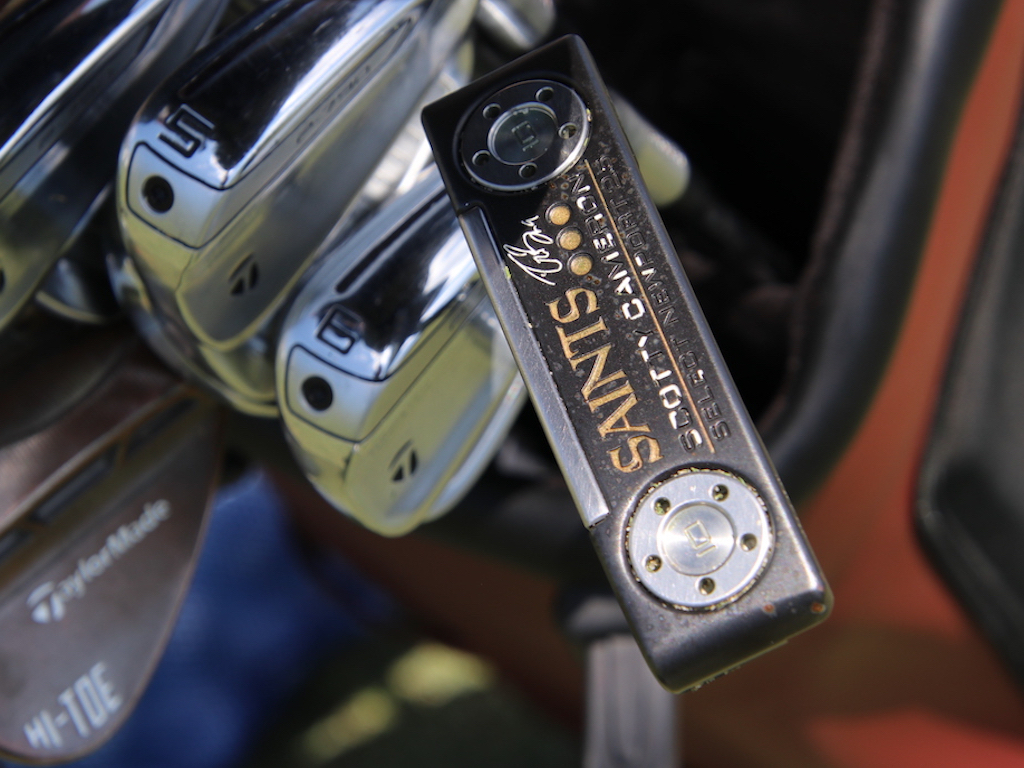
Drew Brees, a legendary retired quarterback for the hometown New Orleans Saints, made an appearance at the Zurich’s Wednesday Pro-Am, playing alongside Zach Johnson, Ryan Palmer, and current Saints QB Derek Carr.
Brees’ bag included a TaylorMade Stealth2 Plus driver, a BRNR Mini 13.5-degree, a Stealth 5-wood, a mixed set of P-790 and P-760 irons, Milled Grind Hi-Toe wedges, and a custom Scotty Cameron “New Orleans Saints” putter, which Scotty made for Brees following his Super Bowl MVP-winning performance in 2010.
View this post on Instagram
It should also be noted that Brees has his Venmo QR code as a bag tag.
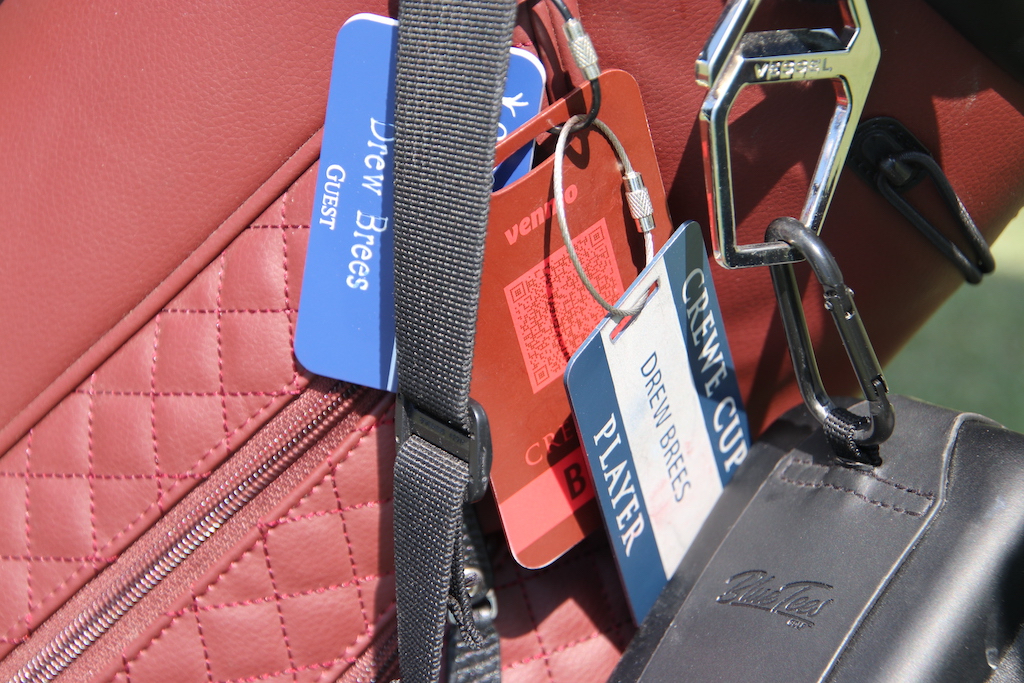
If you’re gambling with Brees on the course, just know that not having cash won’t work as an excuse.
Brilliant.
See Drew Brees’ full WITB from the Zurich here
Stricker’s unrecognizable putter
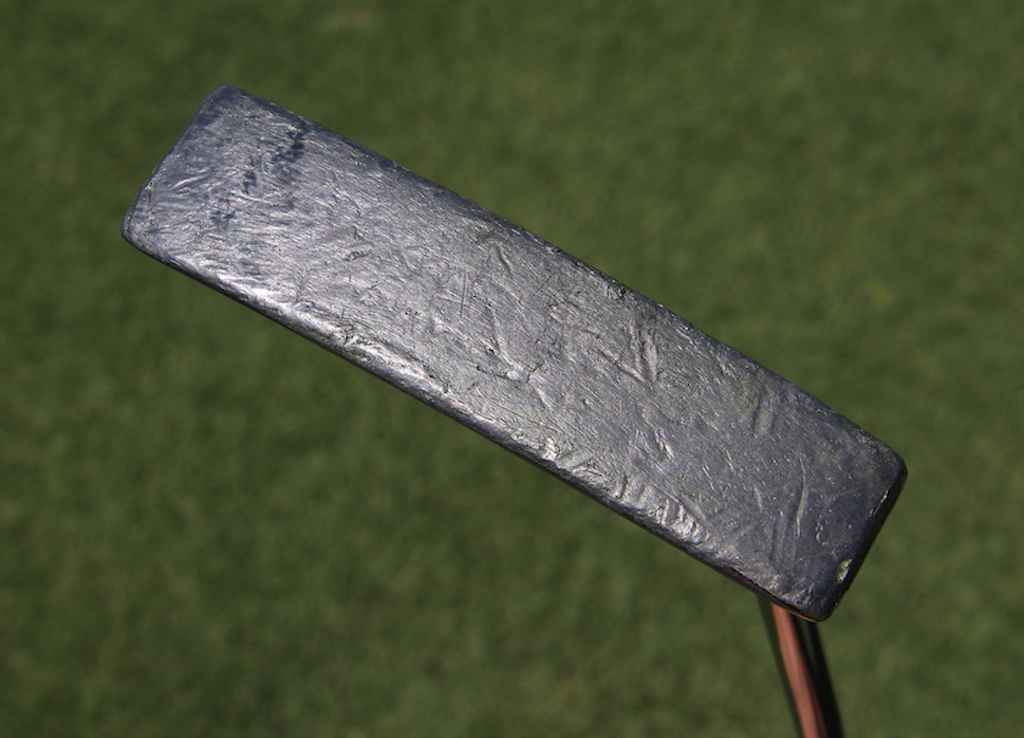
Steve Stricker has made numerous upgrades to his bag recently, including a new TSR3 driver and T100 irons, but his longtime Odyssey White Hot No. 2 putter is still going strong. It’s the most recognizable unrecognizable putter ever.
Here’s a better look at Stricker’s flatstick, which he started using back in 2007.
View this post on Instagram
Patrick Cantlay has opened the equipment-switching floodgates
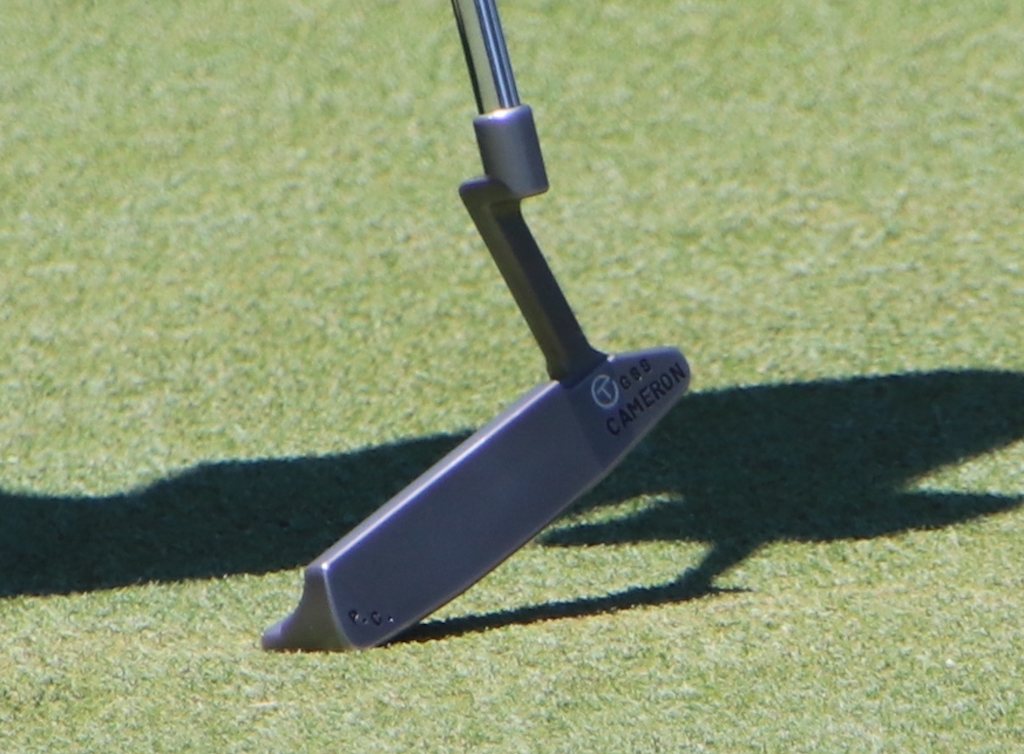
Over on the PGA Tour’s Equipment Report this week, we covered Cantlay’s recent switch into Ping Blueprint S irons, and a Titleist TSR2 driver.
Cantlay hadn’t switched irons for about seven years, so the iron switch he made at The 2024 Masters came as a shock to the norm. He simply isn’t one to change gear very often, so anytime Cantlay makes a switch, it’s news.
It seems the floodgates of equipment testing have opened up a bit for Cantlay, who was also spotted testing a custom Scotty Cameron blade putter on Tuesday this week. By Wednesday, Cantlay was back practicing with his familiar Scotty Cameron T5 Proto mallet, but it’s certainly something to keep an eye on going forward.
Daniel Berger’s custom Jailbird site lines
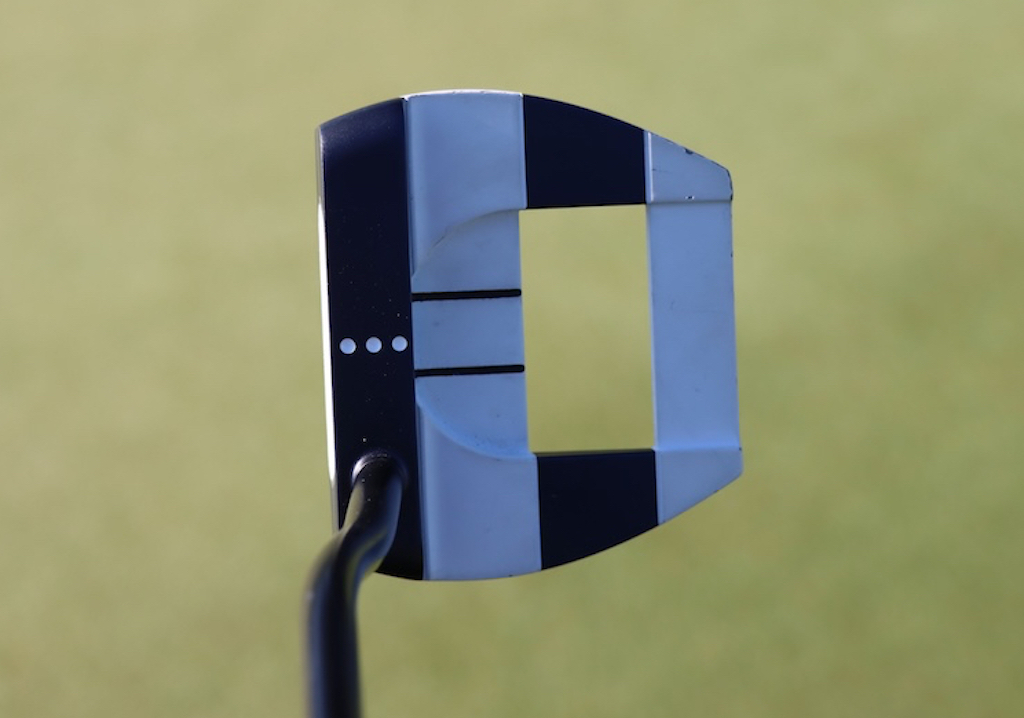
Berger, who’s currently using Odyssey’s Ai-One Mini Jailbird mallet putter, has a unique 3-dot, 2-line alignment on the crown of his navy-white-navy-white mallet putter. Looking down at the putter, it’s easy to see why this alignment system would help; it just seems impossible to set up to the ball off-center, or misaligned to the target.
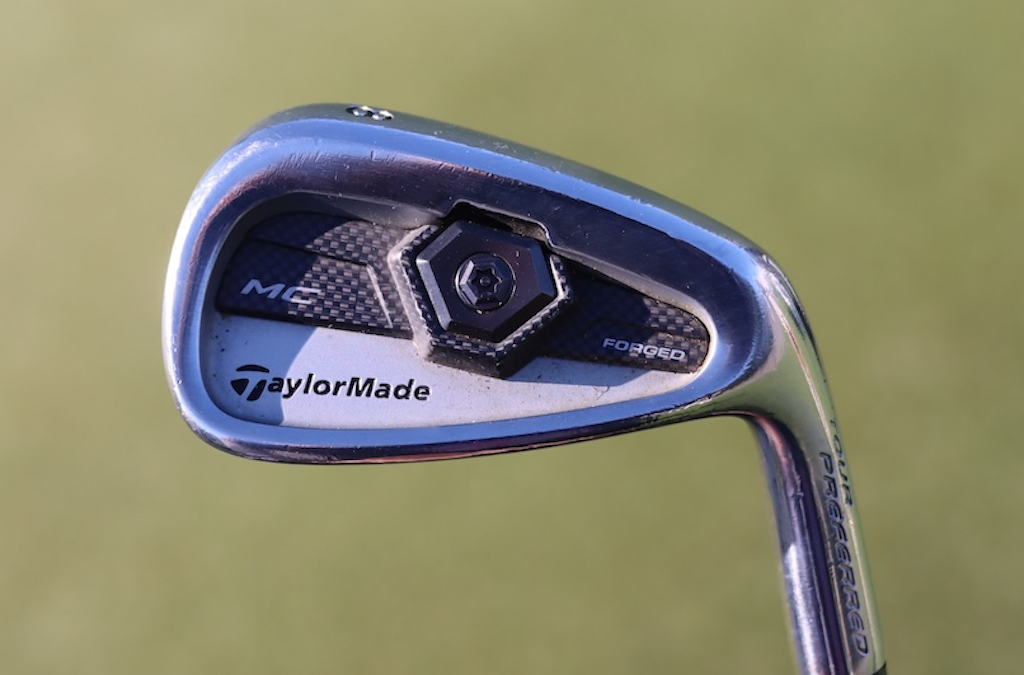
Also, for anyone worried, you can rest easy. Yes, he’s still playing the 2013 TaylorMade TP MC irons, which we highlighted in our recent “Modern Classics: Old vs. New” video testing series.
FitzMagic teams back up
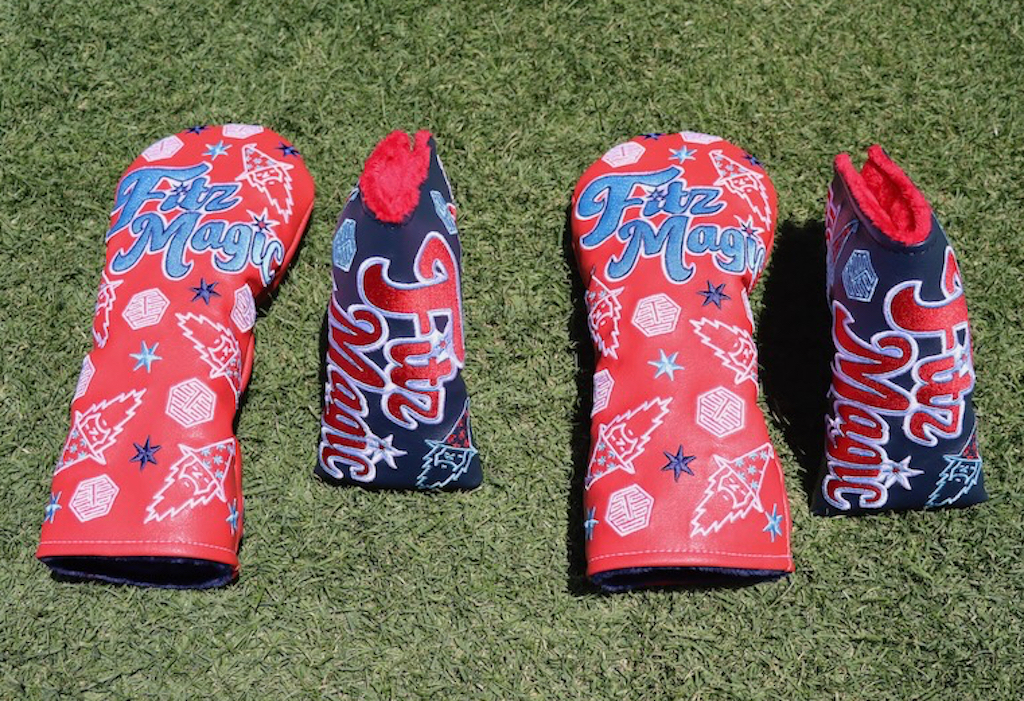
Brothers Matthew and Alex Fitzpatrick are teaming up once again at the Zurich this year, and Bettinardi Golf hooked them up with some festive “FitzMagic” headcovers to match this week.
See what else is in Alex Fitzpatrick’s WITB here
And, with that, we say goodbye to the Zurich Classic in New Orleans. Don’t forget to check out all of our photos from this week, including 30 unique photo galleries full of equipment photos.
We’ll see you next week in Texas for the 2024 CJ Cup Byron Nelson!
- LIKE6
- LEGIT0
- WOW0
- LOL0
- IDHT0
- FLOP0
- OB0
- SHANK0
Whats in the Bag
Alejandro Tosti WITB 2024 (April)
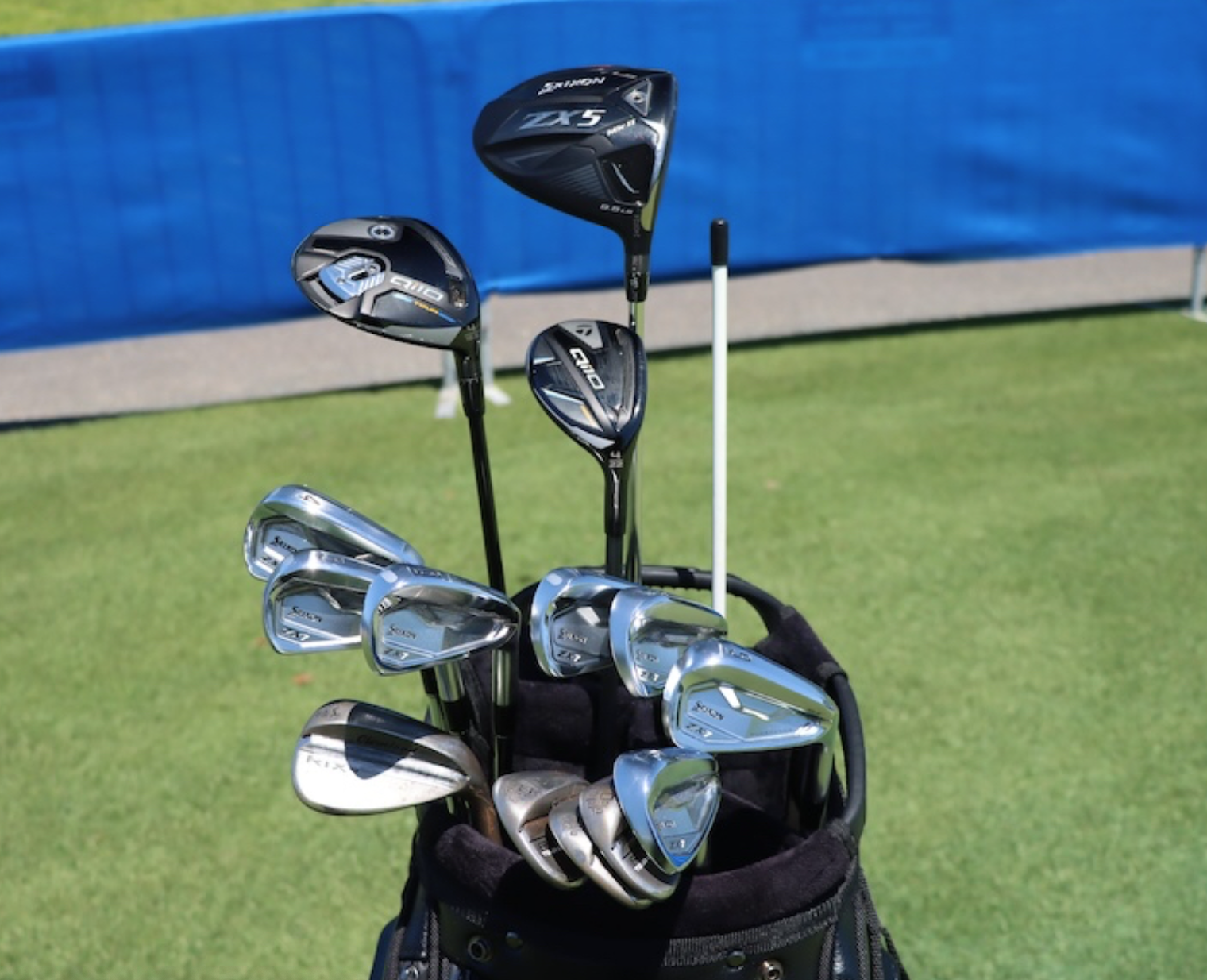
- Alejandro Tosti what’s in the bag accurate as of the Zurich Classic.
Driver: Srixon ZX5 Mk II LS (9.5 degrees @10.5)
Shaft: Project X HZRDUS T1100 75 6.5
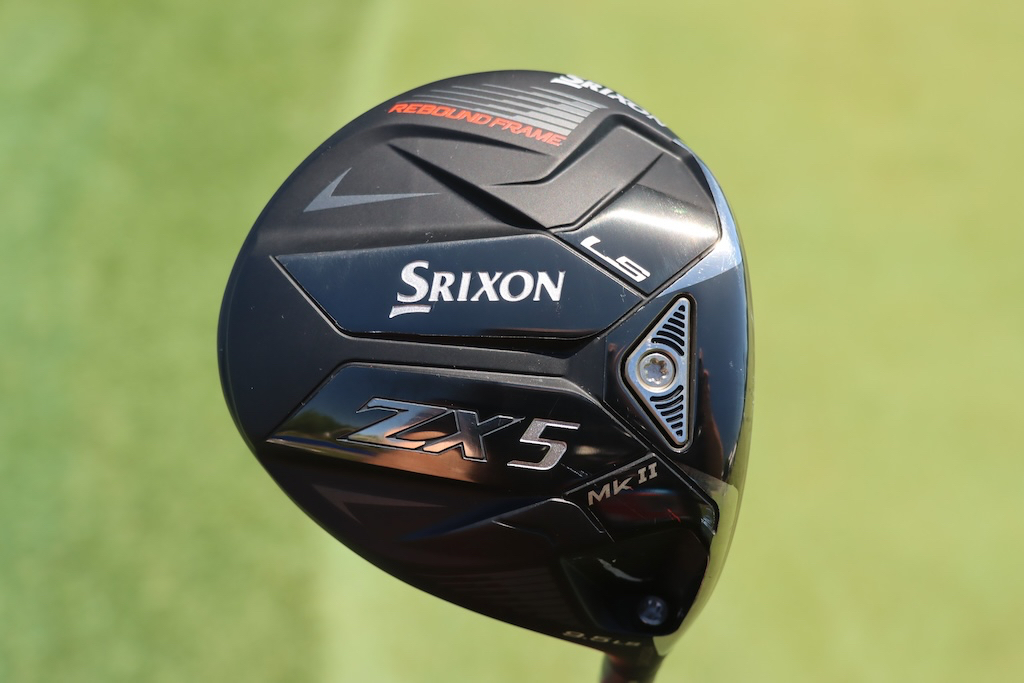
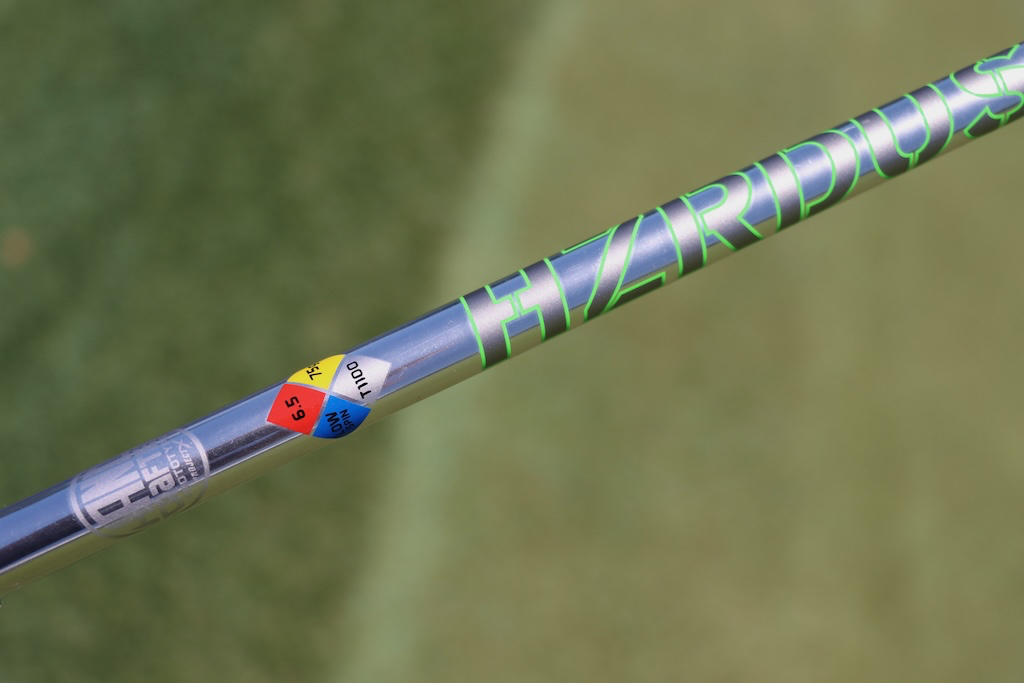
3-wood: TaylorMade Qi10 Tour
Shaft: Project X HZRDUS Black 80 TX
Hybrid: TaylorMade Qi10 Tour Rescue (22 degrees)
Shaft: Project X HZRDUS Smoke Black RDX 6.5 100
Irons: Srixon ZX7 Mk II (4-PW)
Shafts: True Temper Dynamic Gold Mid Tour Issue X100
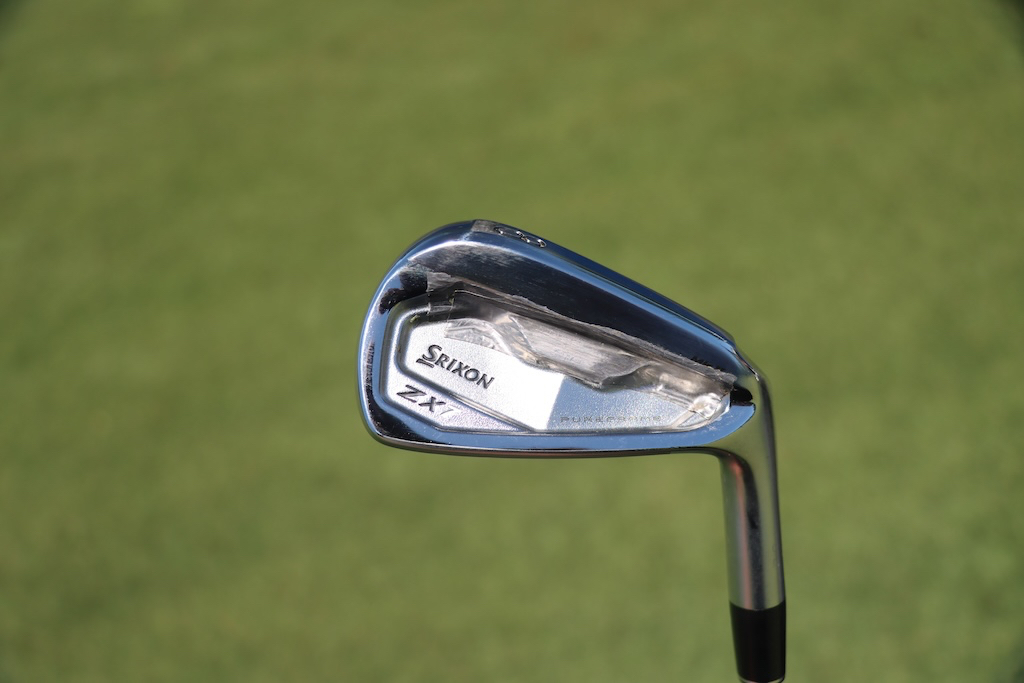
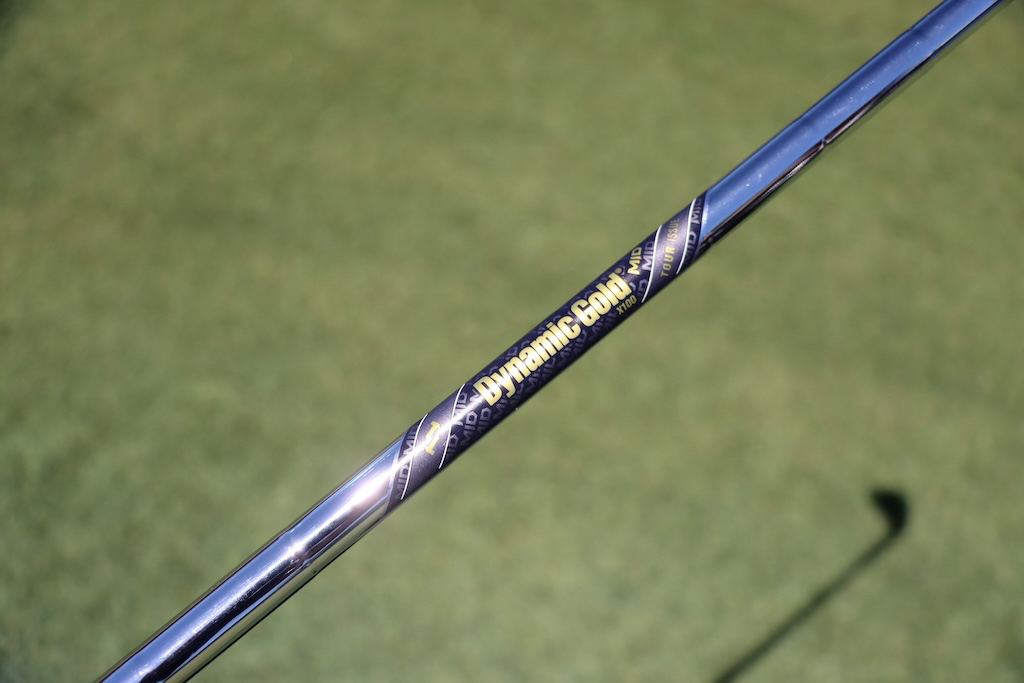
Wedges: Cleveland RTX6 ZipCore Tour Rack (50-10 MID, 54-10 MID, 58-10 MID, 60-06 LOW)
Shafts: True Temper Dynamic Gold Mid Tour Issue X100, S400
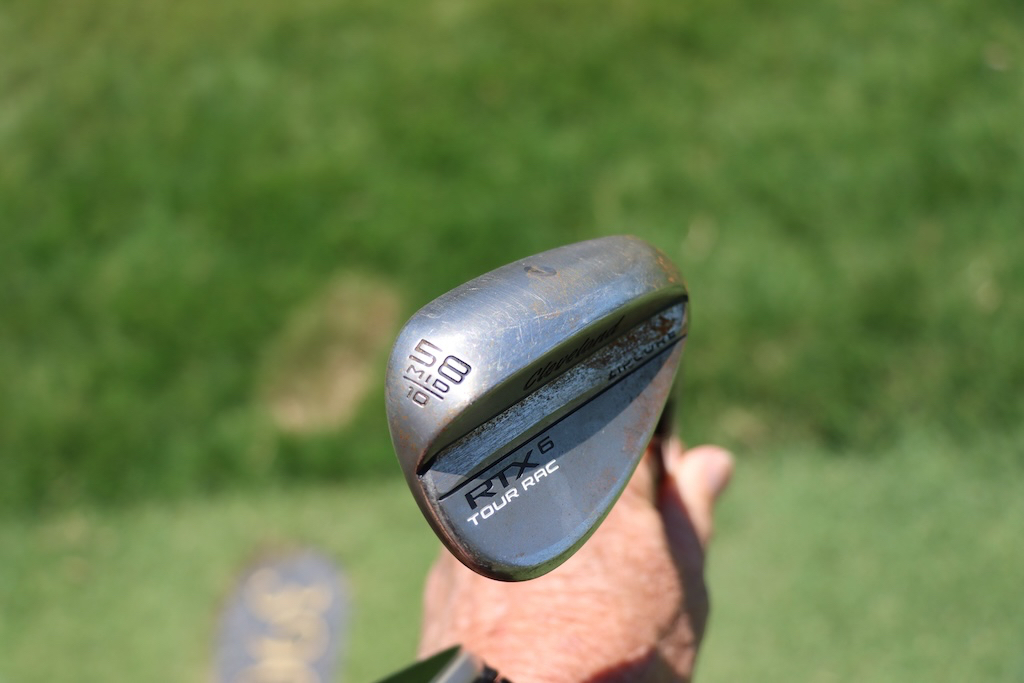
Putter: Scotty Cameron
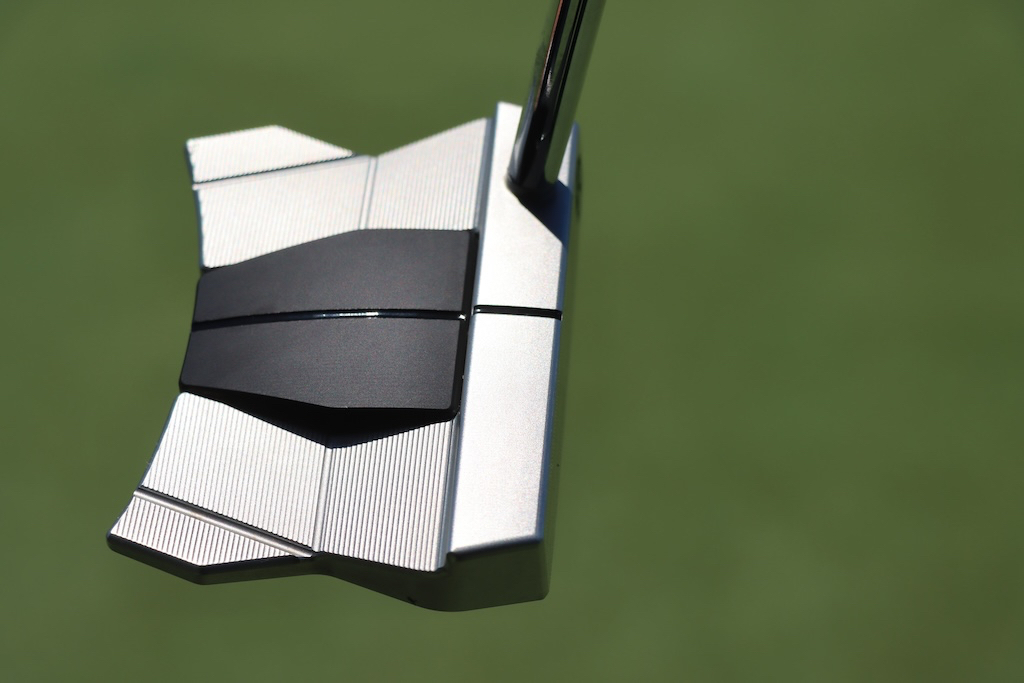
Grips: Golf Pride MCC Plus4
Check out more in-hand photos of Alejandro Tosti’s WITB in the forums.
- LIKE1
- LEGIT0
- WOW0
- LOL0
- IDHT0
- FLOP0
- OB0
- SHANK0
Whats in the Bag
Drew Brees WITB 2024 (April)
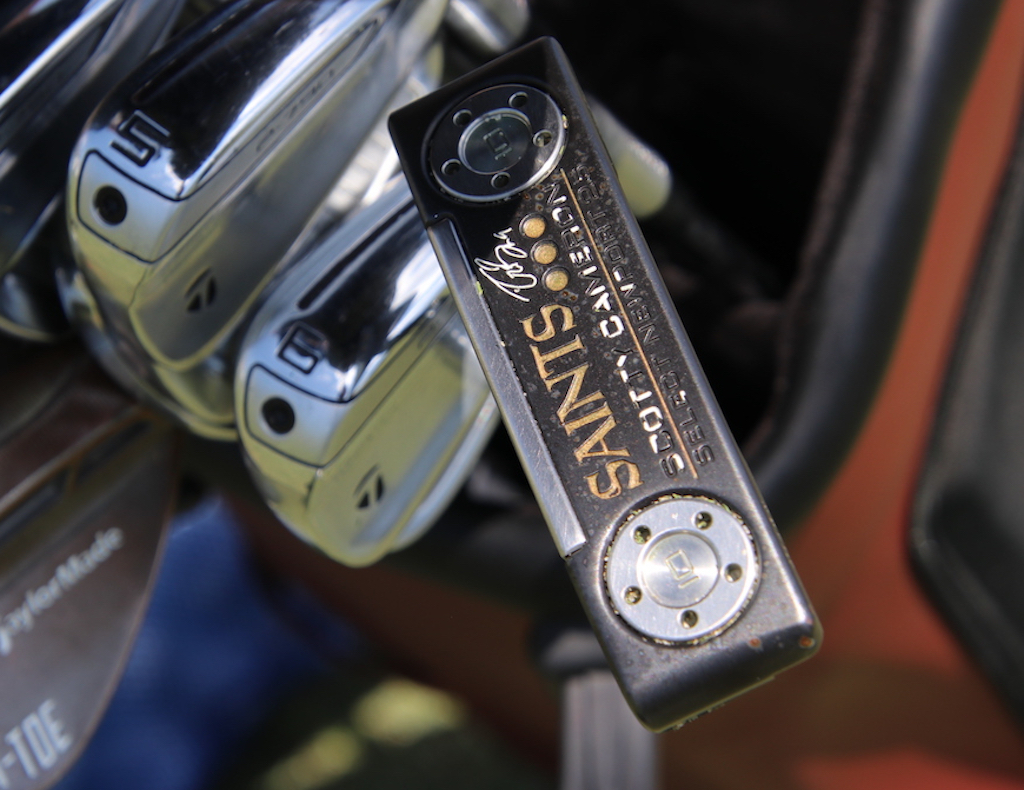
View this post on Instagram
Driver: TaylorMade Stealth 2 Plus (10.5 degrees)
Mini driver: TaylorMade BRNR Mini Copper (13.5 degrees)
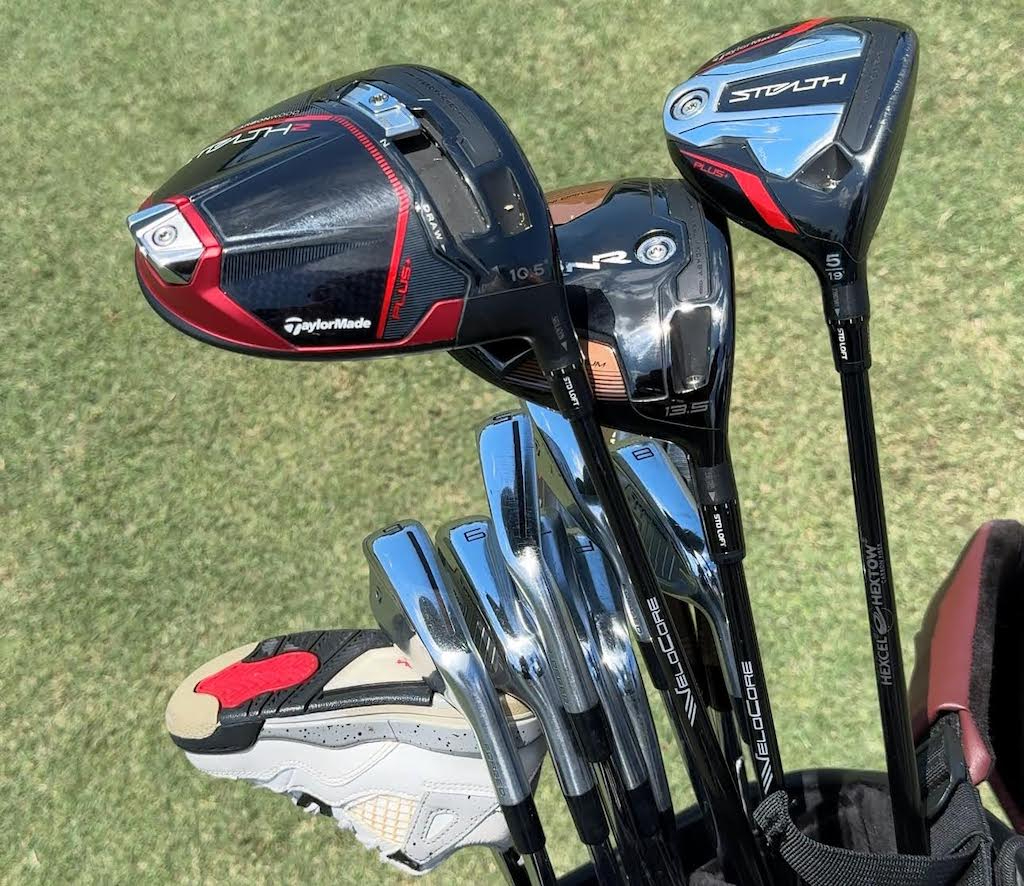
5-wood: TaylorMade Stealth Plus (19 degrees)
Irons: TaylorMade P790 (4-8, PW), TaylorMade P760 (9)
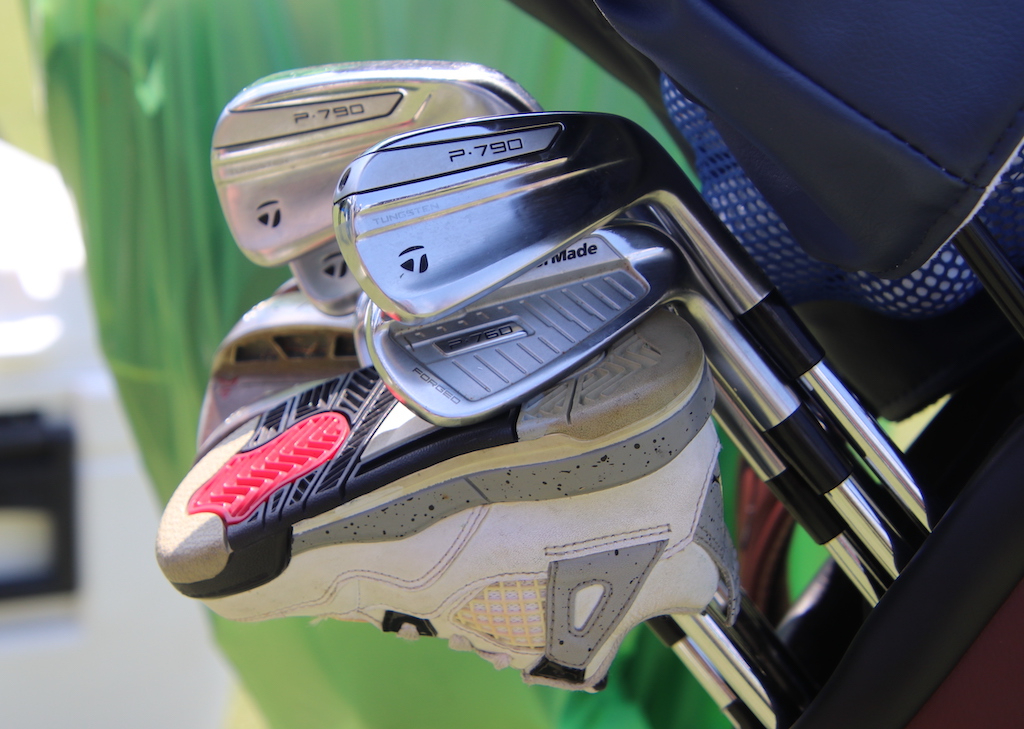
Wedges: TaylorMade MG Hi-Toe (52-09, 56-10, 60)
Putter: Scotty Cameron Select Newport 2 Prototype

Check out more in-hand photos of Drew Brees’ clubs here.
- LIKE1
- LEGIT0
- WOW0
- LOL0
- IDHT0
- FLOP0
- OB0
- SHANK0
-

 19th Hole2 weeks ago
19th Hole2 weeks agoDave Portnoy places monstrous outright bet for the 2024 Masters
-

 19th Hole4 days ago
19th Hole4 days agoJustin Thomas on the equipment choice of Scottie Scheffler that he thinks is ‘weird’
-

 19th Hole2 weeks ago
19th Hole2 weeks agoTiger Woods arrives at 2024 Masters equipped with a putter that may surprise you
-

 19th Hole3 days ago
19th Hole3 days ago‘Absolutely crazy’ – Major champ lays into Patrick Cantlay over his decision on final hole of RBC Heritage
-

 19th Hole2 weeks ago
19th Hole2 weeks agoTwo star names reportedly blanked Jon Rahm all week at the Masters
-

 19th Hole1 week ago
19th Hole1 week agoReport: LIV Golf identifies latest star name they hope to sign to breakaway tour
-

 19th Hole2 weeks ago
19th Hole2 weeks agoNeal Shipley presser ends in awkward fashion after reporter claims Tiger handed him note on 8th fairway
-

 19th Hole1 week ago
19th Hole1 week agoBrandel Chamblee has ‘no doubt’ who started the McIlroy/LIV rumor and why

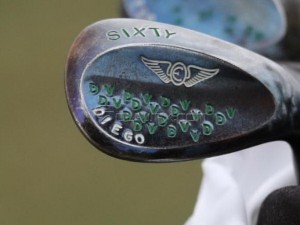
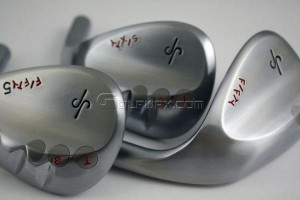


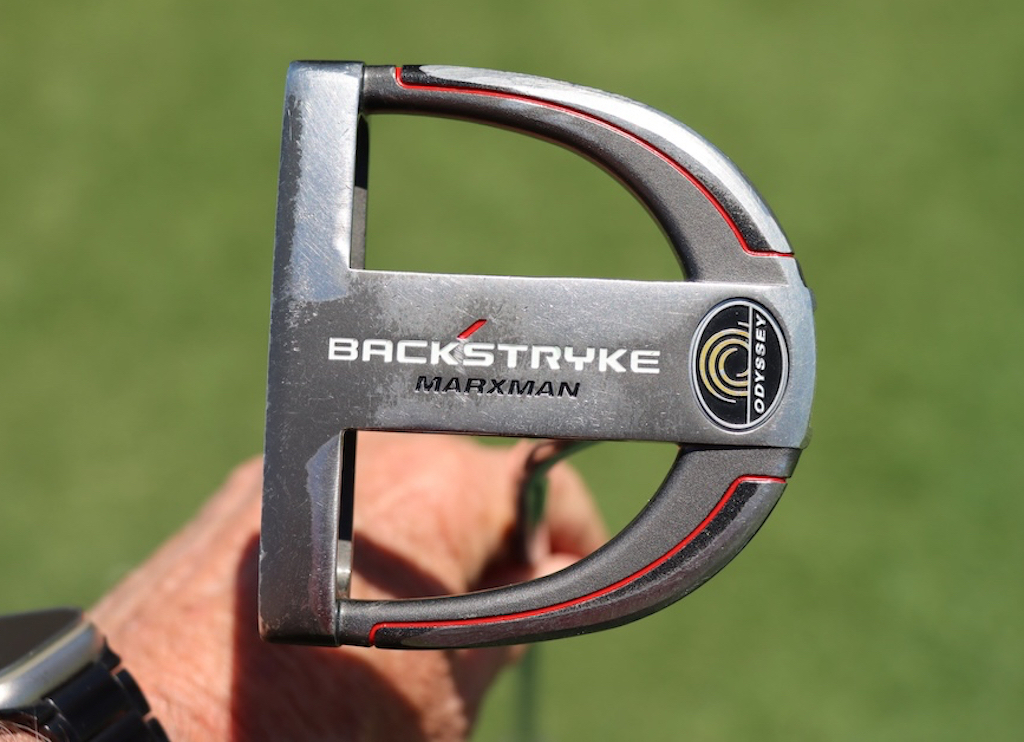













Desmond
May 15, 2013 at 5:24 am
I recently was fit for and purchased a set of Edel Wedges. I was happy with the fitting and product.
As to Zak’s article, it was well written. What I read between the lines is that both parties shared ideas in the development of the wedges, and Mike Adams had overwhelming influence as to the grinds, center of gravity, and moving the scoring lines towards the toe. JP added cosmetic/artistic ideas. But when it came down to doing the deal, JP did not want to be limited to working for Edel. He wanted to also continue with James Patrick Golf. JP then kept wedge heads given to him by Edel for use at a PGA Show on which he had worked. You can’t do that. You’ve got to resolve that issue and settle it.
Apparently, the Parties have resolved their issues. JP is making JP Wedges, and Edel and Adams have gone ahead with their fitting and wedge system.
I wish them both good luck.
As to the Edel Wedges, the grind and performance is great, and I use “numbers” to denote loft.